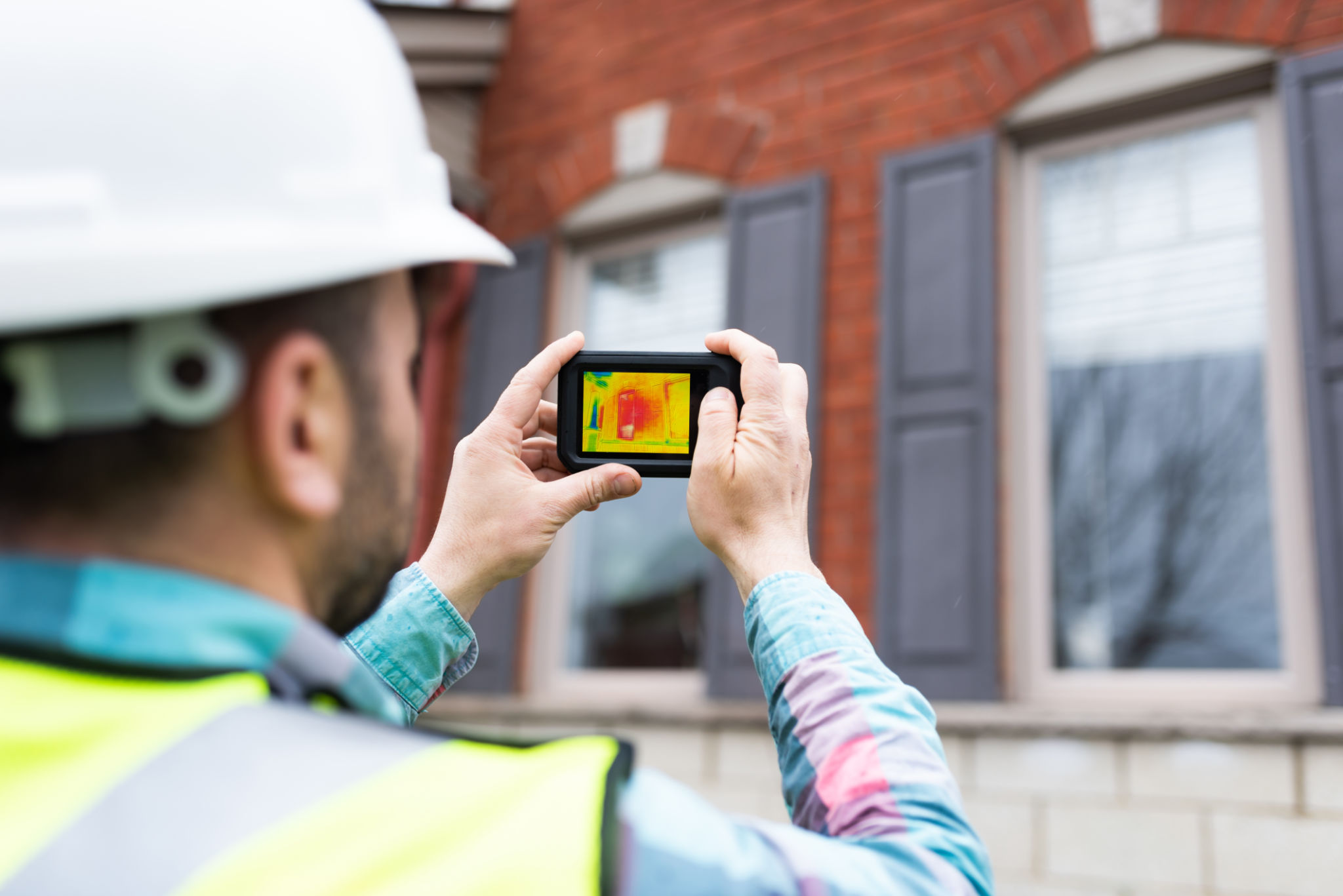Smart Glass vs. Traditional Window Film: Which is Right for Your Home?
Understanding Smart Glass
Smart glass, also known as switchable glass, is a modern innovation that allows homeowners to control the transparency of their windows electronically. This technology uses a combination of liquid crystals or electrochromic materials to adjust the light transmission, providing both privacy and energy efficiency. By simply pressing a button, you can switch your windows from clear to opaque or even tint them to block out excessive sunlight.
The benefits of smart glass extend beyond just aesthetics. It can significantly reduce glare and UV exposure, helping to protect your furniture and flooring from fading. Additionally, smart glass can help lower energy costs by reducing the need for air conditioning in the summer and retaining heat during the winter.

Exploring Traditional Window Film
Traditional window film is a tried and tested solution for enhancing window performance. These thin layers of polyester or vinyl are applied directly to the glass surface and come in various tints and patterns. Window films are primarily used to reduce glare, block UV rays, and improve privacy without obstructing views.
One of the key advantages of window film is its cost-effectiveness. It is generally less expensive than smart glass and easier to install. Window films also offer versatility in design, allowing homeowners to choose from a range of colors and patterns to complement their interior décor.

Energy Efficiency Comparison
When considering energy efficiency, both smart glass and traditional window film offer compelling benefits. Smart glass provides dynamic control over sunlight and heat entering your home, which can lead to significant energy savings. This adaptability makes it an attractive option for modern homes seeking green solutions.
On the other hand, window film is a simpler, passive solution that still offers excellent performance in terms of heat reduction and UV protection. While it doesn't offer the same level of control as smart glass, it is a practical choice for homeowners looking to enhance energy efficiency on a budget.

Installation and Maintenance
Smart glass installation requires professional expertise due to its electronic components, which can increase the overall cost and complexity of the installation process. However, once installed, smart glass requires minimal maintenance beyond regular cleaning.
In contrast, window film can often be installed as a DIY project, making it accessible for homeowners with basic handyman skills. Maintenance is straightforward, but films may need replacement every few years depending on exposure to sunlight and weather conditions.
Which Is Right for Your Home?
The choice between smart glass and traditional window film ultimately depends on your specific needs and budget. If you value high-tech features and are willing to invest in a long-term solution with advanced control over your home environment, smart glass might be the ideal choice for you.
For those looking for an economical option that still provides significant benefits in terms of privacy, UV protection, and energy savings, traditional window film is a reliable alternative. Consider your priorities in terms of cost, functionality, and aesthetics when making your decision.

Conclusion
Both smart glass and traditional window film offer unique advantages that can enhance the comfort and efficiency of your home. By weighing the pros and cons of each option, you can make an informed decision that aligns with your lifestyle and preferences. Whether you choose the cutting-edge technology of smart glass or the classic appeal of window film, upgrading your windows can have a profound impact on your home's energy efficiency and overall ambiance.
